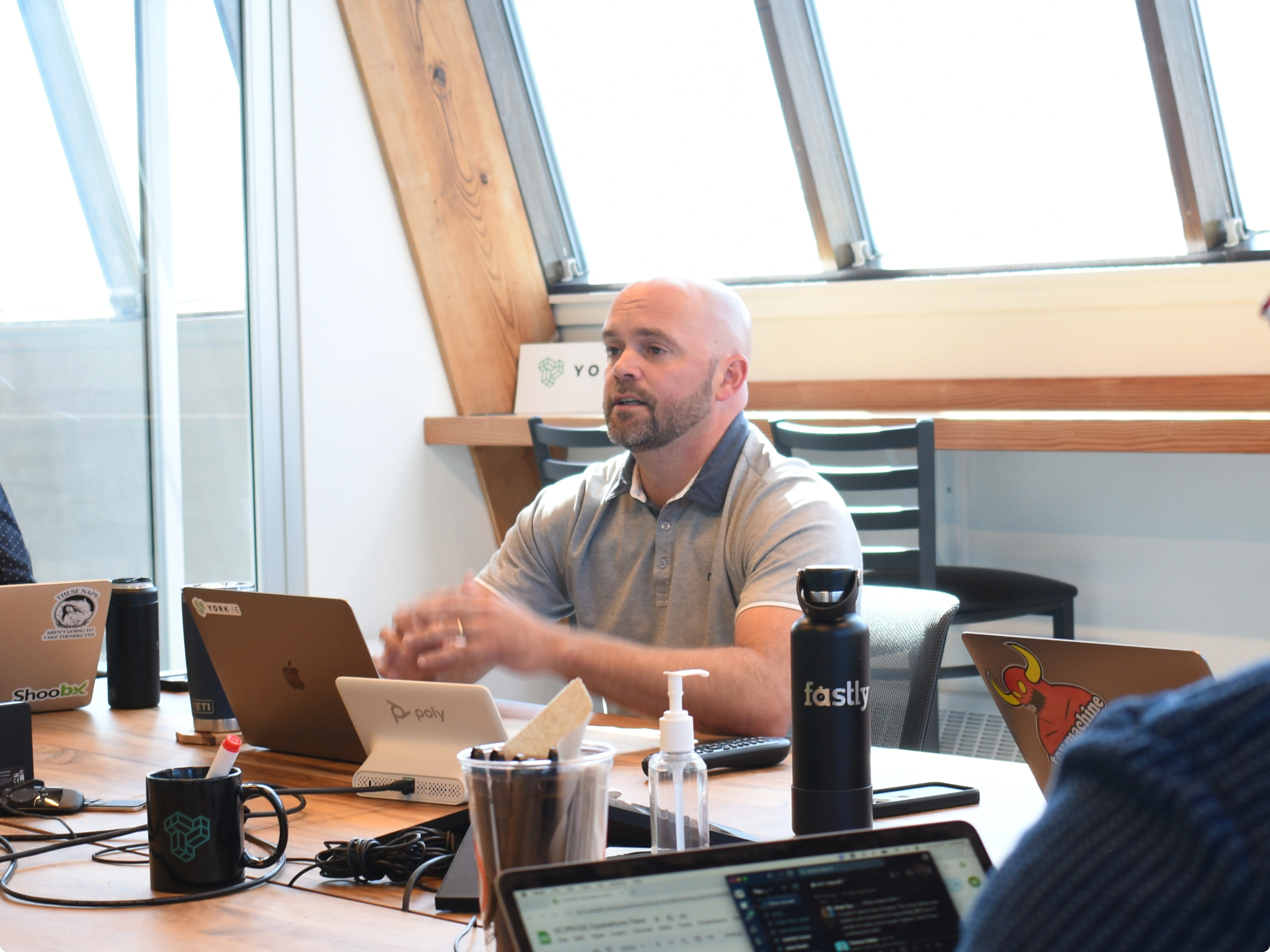Global environmental conferences with cross-government support are helping build knowledge-based awareness and proactive action to gain traction for decarbonization and renewable power. These decarbonization efforts and the rapidly declining costs of renewable energy sources have been propelling a changing dynamic that will meaningfully impact the future of energy production and consumption across the world. Thanks to the technological progress already achieved over the past decade, renewable power is now the cheapest source of energy in most countries, according to the Forum for Sustainable and Responsible Investing.
There are massive multi-decade investment implications, risks and opportunities in the monumental task of re-engineering our established energy system. But the global actions referenced above demonstrate how the burgeoning renewable energy industry is becoming a firmly entrenched movement backed by environmental facts, economics, long-term business strategy sense and global alignment of government policies. Even the largest oil companies are investing in renewable efforts and technologies. While not a fully mature area, it is in process. Today already, renewables are projected to provide 22% of U.S. generation in 2022 and 24% in 2023 per the U.S. Energy Information Administration (EIA).
To better understand renewable energy investment opportunities, we were introduced to Michael Cerasoli, co-head of the Renewable Energy Business at Eagle Global Advisors – an independent, registered investment advisor located in Houston, Texas. We asked questions to explore the global dynamics and underlying technologies at play and the role that investors can play on this intricate road to a more sustainable and cleaner energy future.
Hortz: What was your thinking and motivation behind developing your renewables infrastructure investment strategies?
Cerasoli: The thinking and motivation behind our renewables infrastructure investment strategies were quite simple, we recognized years ago that this collision of two megatrends – the declining costs of renewable energy and increasing global decarbonization efforts – offers a rare multi-decade investment opportunity for savvy investors. Thing is, most investors focus on the high-risk “emerging tech” stocks and not the owners and operators of the renewable energy assets themselves, which flies well under the radar yet still delivers impressive risk-adjusted returns.
Hortz: Can you give us more details explaining the scope of these two energy megatrends of decarbonization and the cost of generating power from renewable sources?
Cerasoli: The declining costs of renewable energy have been significant and well documented, down greater than 90% for solar and wind over the last several decades. This was achieved mainly by way of public policy, which continues to raise the bar with the passage of new rules like those found in the Inflation Reduction Act (IRA). This has created a virtuous cycle that we believe will not only accelerate, but make economic new technologies (e.g., energy storage) that are critical to energy transition.
Hortz: What specific investment vehicles and strategies have you developed from these efforts that you offer to investors?
Cerasoli: We recently launched an active ETF (RNWZ) that gives investors an easy way to tap into the renewable energy infrastructure paradigm shift. We also offer separately managed accounts (SMAs) as well, a strategy with a track record of well over five years.
Hortz: We have heard a lot about solar, wind, hydroelectric and nuclear, but what other technologies and areas are developing in the renewables infrastructure arena?
Cerasoli: We believe energy storage will be the next technology to take a great leap forward, whether it be by way of lithium-ion batteries or the development of green hydrogen. In fact, AES Corp and Air Products recently announced a $4 billion green hydrogen facility that will be the largest in the United States. The electrolyzer is expected to be powered by wind and solar assets, producing clean, carbon-free hydrogen that can be stored and deliver reliability to grids increasing in need of it.
Hortz: How do you weigh investing in incumbent energy companies with renewables efforts vs newer startups or other standalone renewables investment options? What are the range of options that you review and consider?
Cerasoli: First off, we believe there is room for every company to benefit from energy transition, a “rising tide lifts all boats” scenario. That said, we think the larger players are best positioned to deliver game-changing, utility-scale projects that will move the needle in a big way for clean energy. However, as we have seen countless times over the years, small but smart companies can grow into market leaders. It truly is wide open to all companies right now.
Hortz: Investing in such a rapidly developing area with new technologies, what are your due diligence and investment selection parameters for an investment option?
Cerasoli: We are fundamental investors with an extensive background in infrastructure investing. The key to picking infrastructure stocks in such a rapidly growing sector is balance sheet management and reducing development risk, to name a few. We are looking for companies that are not only growing, but growing accretively, and that is not something that just happens. Understanding your companies and the integrated renewable energy chain is key to keeping management teams in check.
Hortz: How would you recommend that advisors position an energy infrastructure and renewables strategy in client portfolios and how best can they continue monitoring this space for risk/reward developments?
Cerasoli: Renewable infrastructure offers a unique combination of growth and income, if done right. This may oversimplify things, but we believe investors fit investments into two categories, “core investing” and “risk investing.” The bulk of an investor’s wealth is usually in “core,” which is characterized by safety and/or stable growth. Renewables infrastructure fits the “core” profile to a tee, given its stable cash flow profile supported by long-term contracts and the strong credit quality of its contracts.
The Institute for Innovation Development is an educational and business development catalyst for growth-oriented financial advisors and financial services firms determined to lead their businesses in an operating environment of accelerating business and cultural change. We operate as a business innovation platform and educational resource with FinTech and financial services firm members to openly share their unique perspectives and activities. The goal is to build awareness and stimulate open thought leadership discussions on new or evolving industry approaches and thinking to facilitate next-generation growth, differentiation, and unique community engagement strategies. The institute was launched with the support and foresight of our founding sponsors – Ultimus Fund Solutions, NASDAQ, FLX Networks, Advisorpedia, Pershing, Fidelity, Voya Financial, and Charter Financial Publishing (publisher of Financial Advisor and Private Wealth magazines).
The views and opinions expressed herein are the views and opinions of the author and do not necessarily reflect those of Nasdaq, Inc.







































